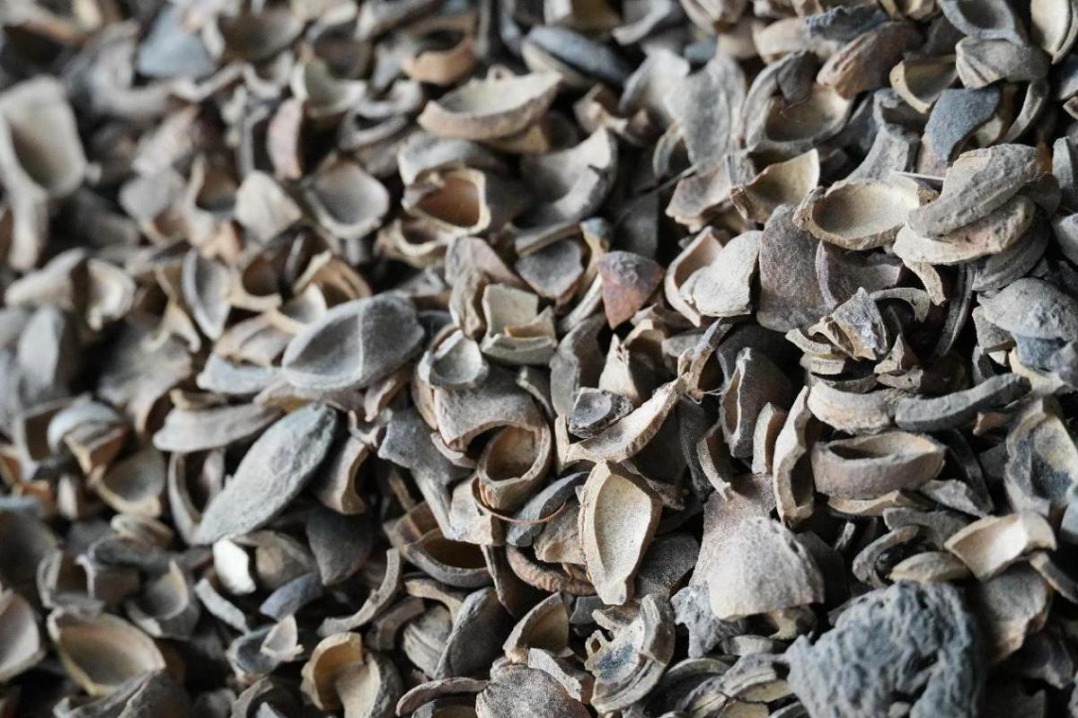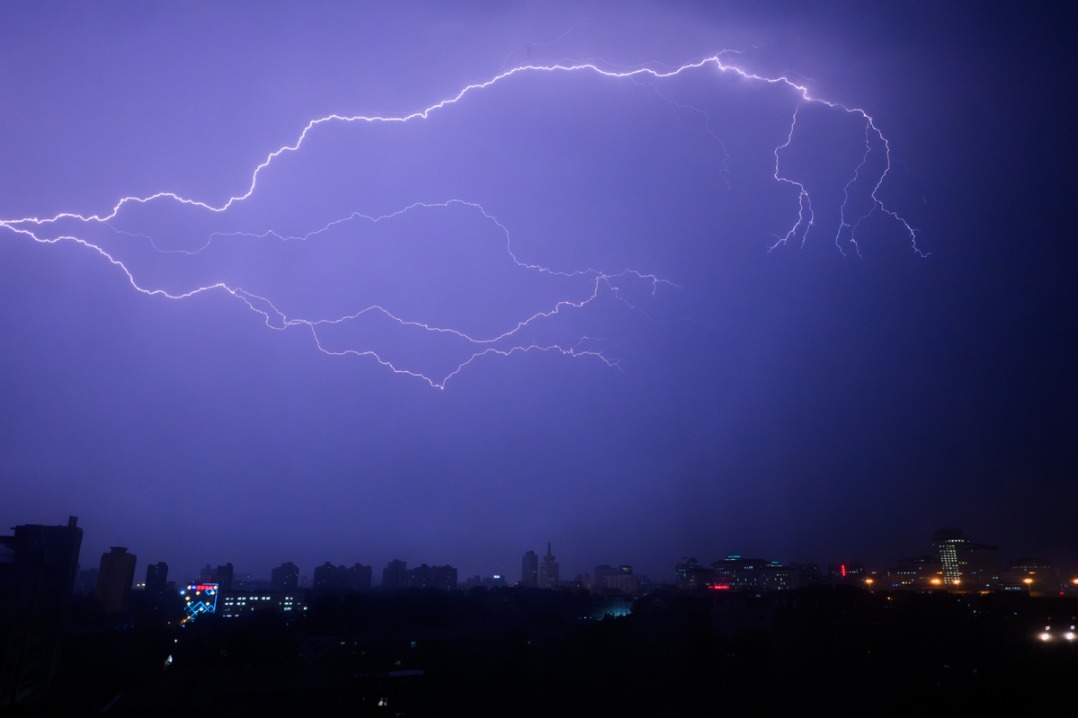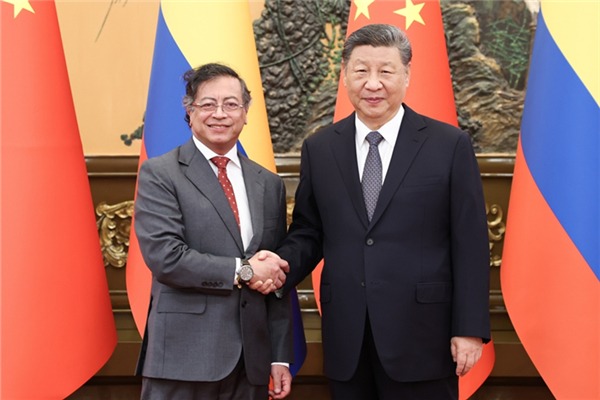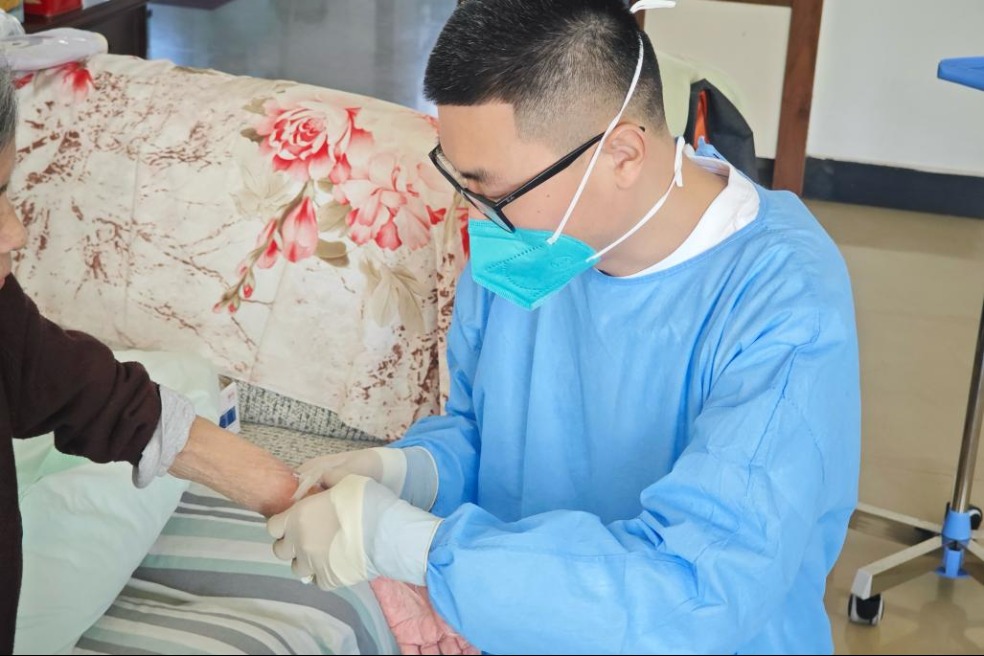Student becomes 20,000th stem cell donor

The grim image of a needle piercing skin and pelvic bone to draw out marrow is what comes to mind for many when they think of stem cell donation.
Wang Juntao, a college student who registered as a donor on a whim about four years ago, was no different. So when the 22-year-old received a call in February informing him he was a potential match for a blood disease patient, he was slightly confused.
"I checked information available online carefully and consulted with local Red Cross officials," he said. "I learned that stem cell donation is actually very safe and only involves some temporary discomfort. I can potentially save another person's life with some effort, so I decided to go ahead with the donation."
Wang completed the harvesting procedure earlier this month and became the country's 20,000th unrelated hematopoietic stem cell donor, according to the China Marrow Donor Program. The announcement was made at an event on Tuesday evening in Yueyang, Hunan province.
The organization said more than 3.6 million people are now listed in China's registry for potential stem cell donors, making it the largest in Asia and the fourth largest in the world.
The number of unrelated stem cell transplantations nationwide exceeded 10,000 in September 2020 and has now surpassed 20,000, including 400 for patients from overseas.
"These donors come from different backgrounds, including college students born in the 2000s, medical workers, delivery couriers and veterans," said Wang Bin, vice-president of the Red Cross Society of China. "They have given another human being a second chance at life and exemplified social responsibility and universal love through their compassionate and selfless acts."
Stem cell transplantation is a critical tool in treating and saving the lives of blood disease patients. Liu Can, director of the cellular transplantation department at Hunan Provincial People's Hospital, said that despite advances in new therapies, stem cell transplantation remains irreplaceable for conditions such as acute leukemia and severe aplastic anemia.
"At our hospital, stem cell recipients achieve a five-year survival rate of about 80 percent, and many child patients with thalassemia have achieved clinical remission thanks to the procedure," Liu said.
Sun Hua, chief of the hematology department at Yueyang Central Hospital, said eligible donors must be age 18 to 45 and meet basic health criteria.
"A typical stem cell collection requires only 200 milliliters of peripheral blood per session — compared to 400 milliliters for a standard blood donation," Sun said. "Also, the body naturally regenerates these cells, making the procedure very safe."
Xu Xianhui, a Red Cross worker in Yueyang, said one of the most common misconceptions is that the process involves extracting bone marrow from the spine.
"In reality, the procedure typically involves injecting mobilizing agents a few days beforehand and then collecting stem cells from peripheral blood through a vein in the arm," she said. "It is completely safe."
She added that the local Red Cross provides donors with health checkups before and after the procedure, as well as benefits such as lifetime free public transportation and access to tourist attractions.
For Wang, the mobilizing agent caused temporary nausea and headaches, but the symptoms soon subsided.
His only complaint now is that he had to pause his exercise routine and has gained some weight.
Donors are advised to avoid intense workouts for at least a month after the procedure.
"Overall, I feel proud for contributing to such a meaningful cause," he said. "Many people still don't understand stem cell donation, so I hope my actions will help raise awareness and spread accurate scientific knowledge."





































